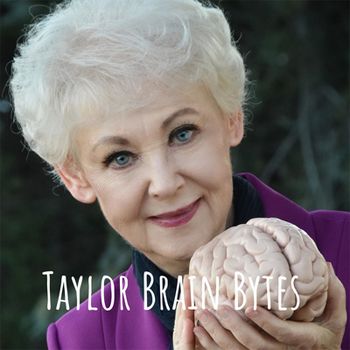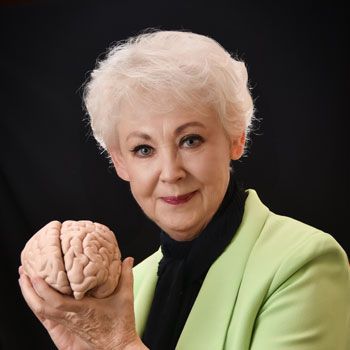Sensory Application to Romance/Relationships
©Arlene R. Taylor PhD
Romantic Relationships
In romantic courtship situations, partners tend to exhibit whole-brain nurturing. That is, they relate to each other through all three sensory systems. They talk, listen, and express affection verbally. They take pains to show their prospective partners a good time. They may look at each other in that special way and affirm each other’s appearance. They touch, hug, kiss, and caress each other. Being on the receiving end of this type of whole brain nurturing can make one want to spend the rest of our life with the nurturer! When the sensory preferences of partners match, affirming each other in a way that helps to promote a sense of love and acceptance can happen more automatically, as we tend to relate to others in our own sensory preference unless we make a different conscious choice.
When partners experience discord, it may be that their sensory preferences differ. For example, the visual may dress and groom carefully, take the partner places and even give gifts of flowers but may not articulate love words as frequently, nor meet the partner’s skin-hunger needs. The auditory may talk of love, but neglect to look at the other person in that special way, fail to groom carefully, overlook the planning of outings, and neglect to touch or hug enough. The kinesthetic may be good at touching the partner, but may neglect attentions that would appeal to a visual or an auditory person. When the preferred nurturing styles are not understood and when partners are not nurtured in a whole-brained manner, both partners may eventually begin to feel unloved.
When sensory styles differ, one or both partners may gradually perceive a lack of connection and validation. Over time this can lead to discord unless each makes a special effort to offer appropriate nurturing and affirmation to the other in his/her preferred sensory system. Do something every day for your partner (and/or children) in his/her sensory preference and watch your relationships improve.
Legal Unions
With the current divorce rates in some portions of the country reported to be more than 50%, here are a few comments relating to partners who marry or who become involved with another type of legal union. Marriage involves much more than simply living together. Some couples mistakenly hope that living together will serve as a trial marriage. In actual fact, statistics show that partners who live together prior to marriage may be in for a surprise. Only after couples sign on the dotted line (e.g., married, registered legal partners) do they really start acting out their subconsciously absorbed beliefs, attitudes, and expectations related to roles in marriage. It is only then that they often begin to act just like Mom or Dad acted, regardless of whether or not they liked or admired those behaviors. Human beings tend to do as they’ve been done to unless they consciously learn new strategies and choose to exhibit more functional behaviors (if those are needed).
Once the courtship routine is over and the goal (marriage, legal union) has been reached, most people gradually tend to revert to their own sensory preference. In other words, most people tend to express themselves and relate to others in a manner that matches their sensory preference, unless they make a conscious choice to do differently. When two individuals have the same primary sensory preference, there isn’t as great a disparity between the before and after marriage/legal union validation.
When they have different primary sensory preferences they’re much more likely to get caught up in the “my partner really changed after we got married” phenomenon, or lament “he/she doesn’t love me any more.” This can help to explain instances where two people lived together quite successfully (sometimes for years), got married, and then were separated/divorced within months. Each partner may vehemently claim the other really changed after the ceremony. Well-meaning listeners often reply that no one changes after marriage. The truth is they probably did! In order to keep the relationship alive, exciting, and affirming, partners who have different sensory preferences need to understand whole-brained nurturing and consciously relate to the other person (do something every day) in his/her sensory preference.




